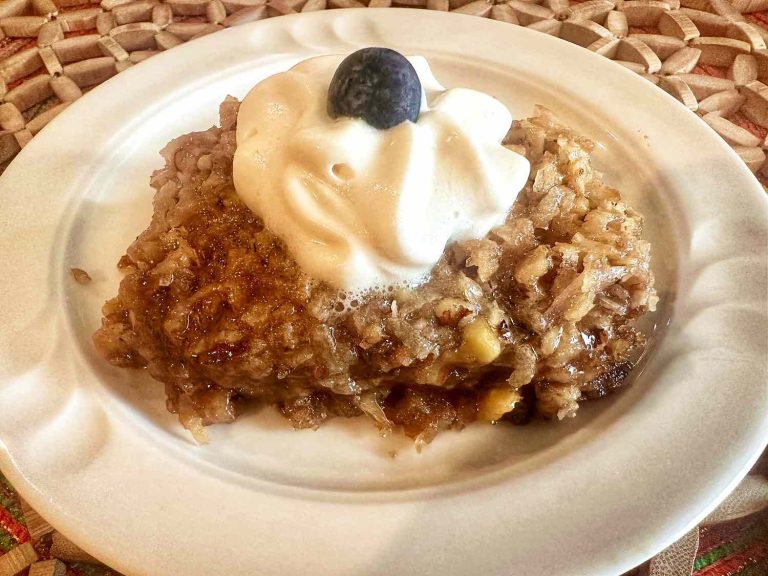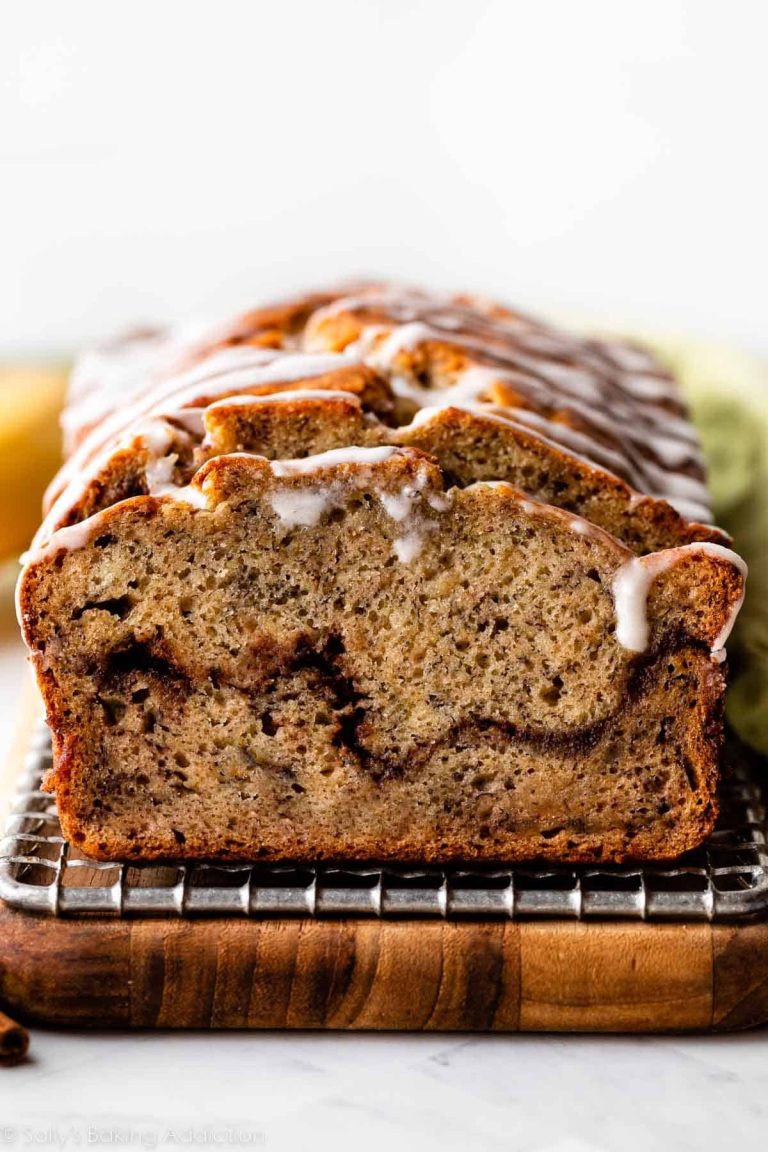Homemade French Dressing: Easy Recipe, Variations, and Storage Tips
Homemade French dressing primarily combines pantry staples to create a rich, flavorful addition to your dishes. Common ingredients include:
- Ketchup: Provides a sweet base
- Vinegar: Adds tanginess and preserves freshness
- Vegetable Oil: Ensures a smooth consistency
- Sugar: Balances the acidity
- Salt and Pepper: Enhances the overall flavor
- Paprika: Adds a mild, smoky taste
- Onion Powder: Contributes a subtle depth
Each ingredient plays a crucial role in the final profile, creating a well-rounded and delicious dressing.
The Importance of Freshness
Using fresh ingredients elevates your homemade French dressing to a new level of quality. Freshly ground spices retain more flavor compared to pre-ground options. Freshly squeezed lemon juice, instead of bottled, enhances the tanginess. Fresh herbs, if incorporated, introduce vibrant flavors and aromas not possible with dried herbs. Freshness not only affects taste but also extends the dressing’s shelf life due to fewer preservatives and additives. Prioritizing freshness ensures the dressing tastes as intended and maximizes its benefits.
How to Make Homemade French Dressing
Selecting the Right Oil and Vinegar
Choosing the right oil and vinegar is crucial for a balanced French dressing. Use a mild oil like canola, sunflower, or light olive oil to avoid overpowering the other ingredients. For vinegar, opt for white vinegar or apple cider vinegar, both providing the necessary acidity.
Essential Steps in Mixing
Following essential steps ensures your dressing has a smooth and cohesive texture.
- Combine Ingredients: Mix ketchup, oil, vinegar, sugar, salt, paprika, and onion powder in a bowl.
- Whisk Vigorously: Whisk ingredients until they blend into a uniform consistency.
- Taste and Adjust: Taste the dressing and adjust the seasoning or sweetness if needed.
These steps help create a perfect homemade French dressing for any salad.
Variations in French Dressing Recipes
Adding Herbs and Spices
Incorporate herbs and spices to elevate the complexity of your homemade French dressing. Fresh dill or tarragon adds a bright, anise nuance, enhancing lighter salads. Ground mustard or smoked paprika provides a deeper, earthy undertone, perfect for hearty grains or protein-rich dishes. Experimenting with garlic powder or cumin can introduce new layers of flavor, making the dressing more versatile for various culinary applications.
Creative Flavor Twists
Innovate your French dressing with unique flavor twists. Replace traditional ketchup with tomato paste and honey for a fresher, more natural sweetness. Integrate citrus zest, such as lemon or orange, to give a zesty kick that pairs well with summer salads. Adding a dollop of Dijon mustard increases its piquancy, balancing out richer ingredients like cheese or nuts. For a spicy variation, mix in a pinch of cayenne or a splash of hot sauce, catering to those who enjoy a bit of heat.
Pairing Your Dressing With Meals
Best Salads for French Dressing
Homemade French dressing complements various salads, providing a tangy and sweet flavor profile. Cobb salads, featuring ingredients like avocado, bacon, hard-boiled eggs, and blue cheese, benefit immensely from this dressing. Chef salads, with layers of ham, turkey, cheese, and greens, also pair perfectly. Garden salads, including a mix of lettuce, tomatoes, cucumbers, and carrots, gain a flavorful uplift when drizzled with French dressing. For a more hearty option, taco salads, packed with ground beef, beans, and crispy tortilla strips, find an excellent match in French dressing.
French Dressing in Marinades and Other Uses
French dressing serves as a versatile marinade for chicken, enhancing its flavor before grilling or baking. Beef cuts, like flank steak, become tender and flavorful when marinated in this dressing. For seafood lovers, marinating shrimp or fish in French dressing adds a zesty touch. Beyond marinades, use French dressing as a dip for fresh vegetables, giving an extra taste dimension. Drizzle it over cooked pasta or roasted vegetables to integrate richness and vibrancy into your dishes.
Storing and Shelf Life of Homemade French Dressing
Tips for Long-Term Storage
Store homemade French dressing in an airtight container to maintain its freshness. Glass jars or bottles with tight-sealing lids are ideal to avoid contamination. Keep the dressing in the refrigerator at a constant temperature to ensure it stays fresh.
Ensure the dressing is stored in small portions if possible. This prevents repeated exposure to air and bacteria. Label the container with the date you made the dressing to track its age and ensure safe consumption.
Signs of Spoilage
Check for off smells to identify spoiled French dressing. A sour or rancid odor indicates it’s no longer safe to eat. Observe the dressing’s texture. Separation is natural, but a lumpy or slimy appearance suggests spoilage.
Look for changes in color as well. Discoloration, especially if it appears darker or cloudy, can indicate the dressing has gone bad. If you’re unsure, err on the side of caution and discard the dressing to avoid health risks.
Conclusion
Creating your own French dressing at home is not only simple but also incredibly rewarding. By using fresh ingredients and the right techniques, you can achieve a delicious, balanced dressing that elevates any salad. Experiment with different herbs and spices to make it uniquely yours. Remember to store it properly to extend its shelf life and always check for signs of spoilage. Enjoy the satisfaction of knowing exactly what’s in your dressing and savor the rich flavors of your homemade creation.






